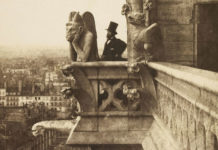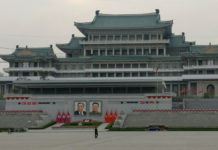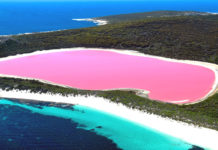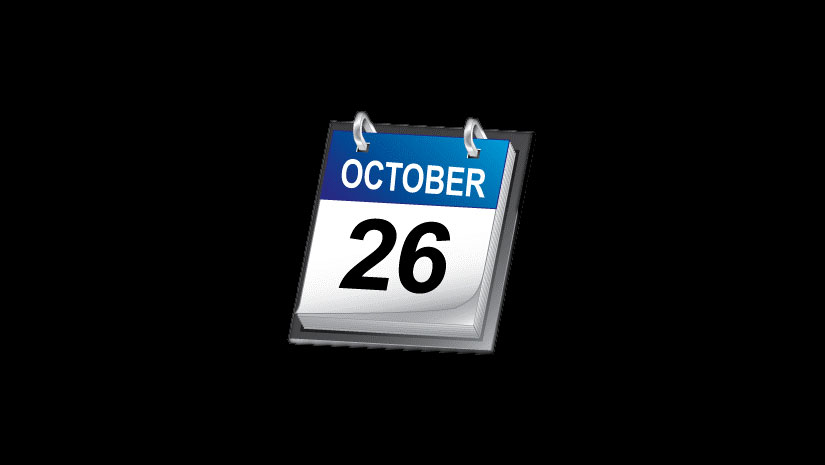1947 saw one of the most important discoveries of the 20th Century, one that took place along the steep cliffs and desert caverns, near the Dead Sea.
 During the spring, Bedouin goat shepherds stumbled upon several ancient jars that contained seven unique manuscripts while searching a cave for a lost goat.
During the spring, Bedouin goat shepherds stumbled upon several ancient jars that contained seven unique manuscripts while searching a cave for a lost goat.
 Throughout the next decade- 1947- 1956, other archaeological discoveries were made around the Khirbet Qumran. Numerous scrolls were found in 11 caves and they represent more than 1,400 original documents, some complete or nearly complete, but many quite fragmentary.
Throughout the next decade- 1947- 1956, other archaeological discoveries were made around the Khirbet Qumran. Numerous scrolls were found in 11 caves and they represent more than 1,400 original documents, some complete or nearly complete, but many quite fragmentary.
Only Caves 1 and 11 have produced relatively intact manuscripts. Discovered in 1952, Cave 4 produced the largest find. About 15,000 fragments from more than 500 manuscripts were found.
 Scrolls are categorized in 2 categories- Biblical and Non-Biblical. Each and every fragment of
Scrolls are categorized in 2 categories- Biblical and Non-Biblical. Each and every fragment of
Hebrew Canon were found except Book of Esther. On research and studying the scrolls, researchers have found the prophecies by Ezekiel, Jeremiah and Daniel which are not found in the Bible.
The Scrolls are written in Hebrew, Aramaic, which was the language of the Jews of Palestine and also few texts written in Greek.
 One of the most curious scrolls is the Copper Scroll. Which was discovered in the Cave 3 and records about 64 underground hiding places throughout the land of Israel, which contains the deposits are to contain certain amounts of gold, silver, aromatics, and manuscripts and other treasures from the Temple at Jerusalem, that were hidden away for safekeeping.
One of the most curious scrolls is the Copper Scroll. Which was discovered in the Cave 3 and records about 64 underground hiding places throughout the land of Israel, which contains the deposits are to contain certain amounts of gold, silver, aromatics, and manuscripts and other treasures from the Temple at Jerusalem, that were hidden away for safekeeping.
 There are close to 100,000 fragments of the scrolls, comprised of parchment, or animal skins, papyrus, copper and are written with a carbon-based ink, from right to left with no punctuation except for paragraph indentation; In some cases, there are not even spaces between the words.
There are close to 100,000 fragments of the scrolls, comprised of parchment, or animal skins, papyrus, copper and are written with a carbon-based ink, from right to left with no punctuation except for paragraph indentation; In some cases, there are not even spaces between the words.
 Since their discovery, they have fascinated archaeologists, scholars and people around the world, making them one of the most mysterious, interesting and controversial discoveries of the modern age.
Since their discovery, they have fascinated archaeologists, scholars and people around the world, making them one of the most mysterious, interesting and controversial discoveries of the modern age.
By: Archa Dave



























